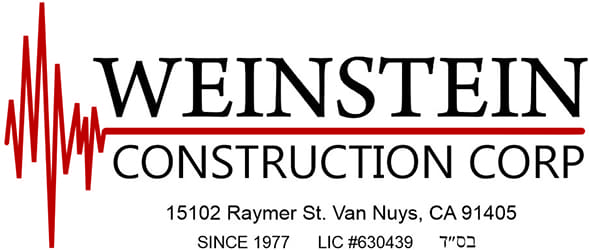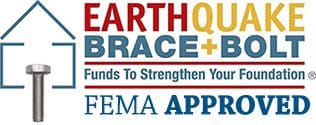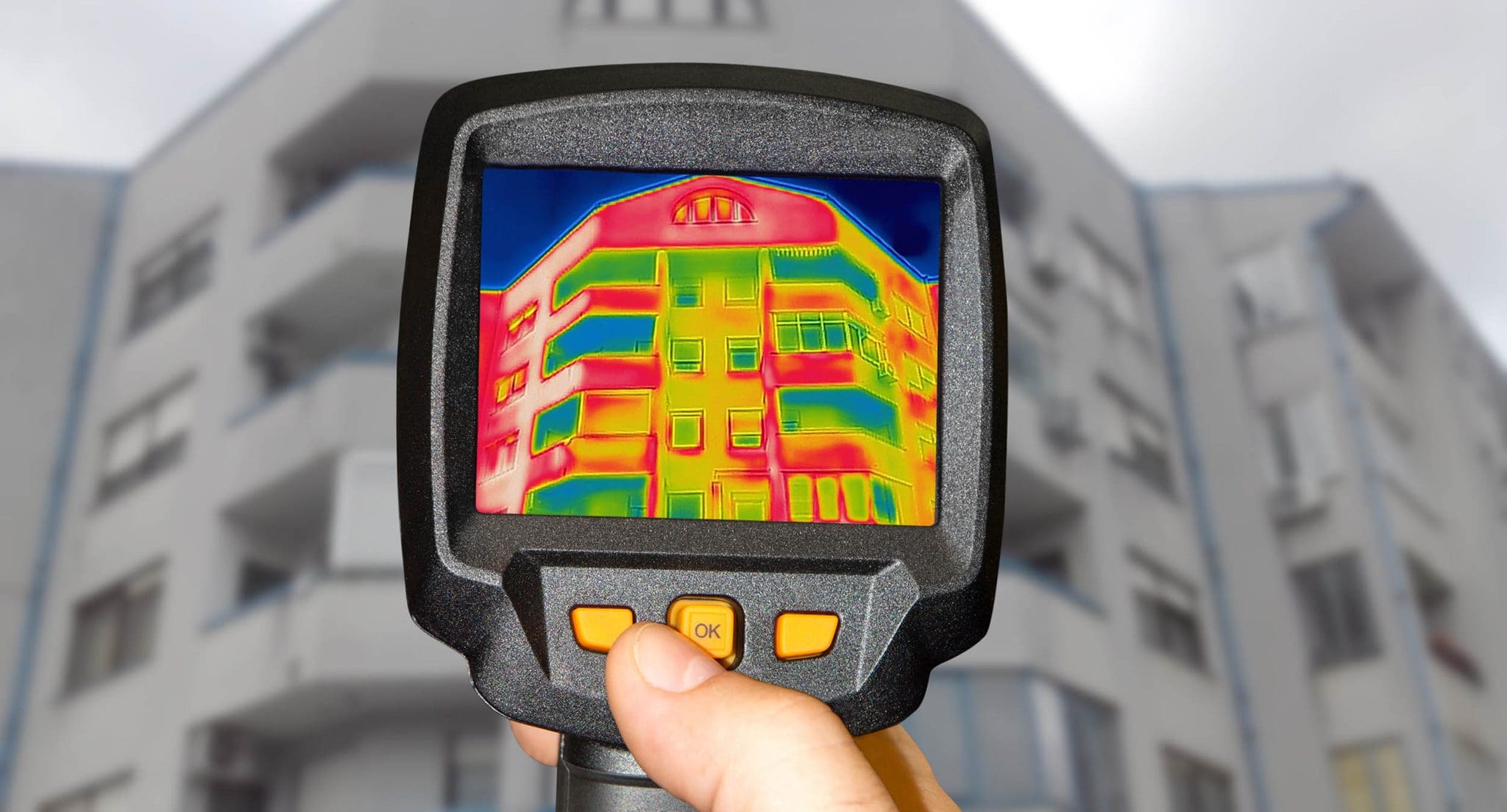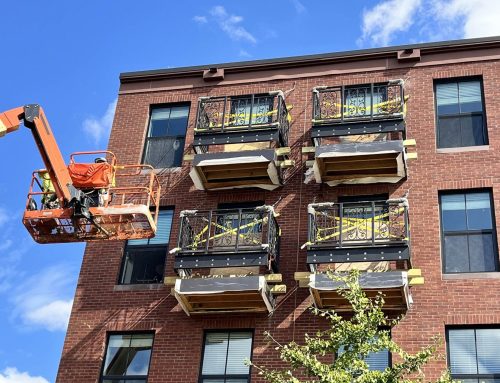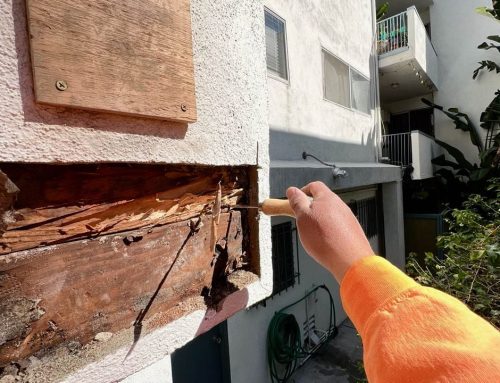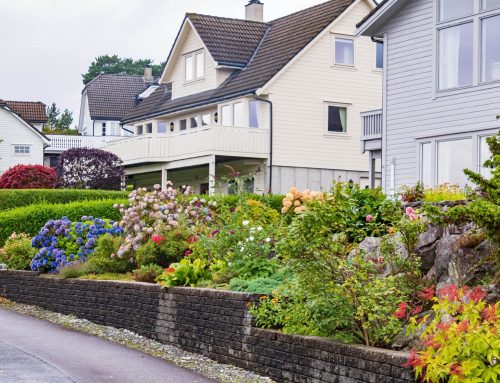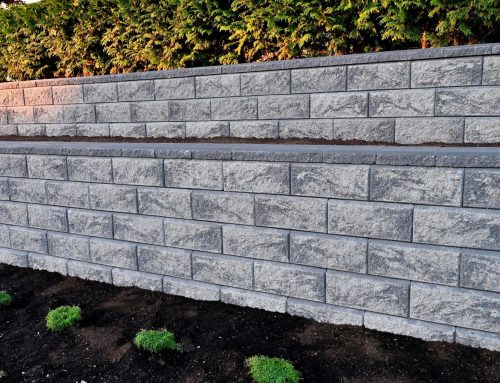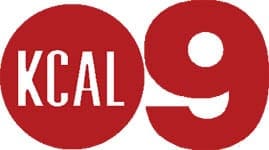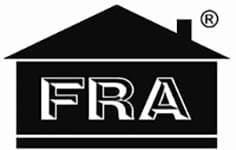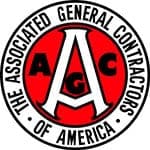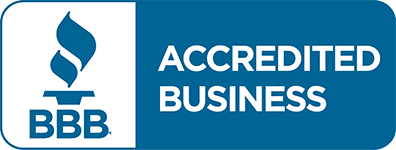As an owner or manager of a Los Angeles multi-unit residential apartment building, you are probably aware by now that you must comply with California Senate Bill 721, otherwise known as the “Balcony Inspection Law,” which requires periodic mandatory safety inspections and repair of your apartment building’s damaged balconies, decks, stairs, porches, catwalks, and other “Exterior Elevated Elements” (also called “EEE” or “3E”).
If you are reading this blog, you may also be preparing for an inspection and need to know what will be evaluated, and also how to avoid surprises or delays during the inspection. You likely also want to avoid expensive repairs by getting some advice on how to fix things proactively, if possible!
If all of these questions were on your mind, read this blog, which will provide you with an SB 721 balcony inspection checklist of sorts, as well as information on the inspection process, how to prepare for inspection, and how to maintain deck safety! Use this blog as your checklist to prepare for a deck inspection under SB 721!
How to Prepare for an SB 721 Inspection?
If you were wondering how to prepare for an EEE inspection California, then you will be happy to know that if your E3 inspector works for Weinstein Construction, then your preparation is easy! We typically want to have a walk-through the property with you or your property manager, to assess the building’s overall condition and to determine the number and layout of its wood-framed balconies, decks, stairs, and catwalks, as well as other in-scope EEE. You can help facilitate this initial visit by helping us gather the information we need about your building.
During the actual inspection, our inspector will visit your property to evaluate your EEE using methods that prioritize minimal intrusion for the building’s residents, while still allowing us to do the work. It will be necessary for you to contact your property’s residents and prepare them for the inspection, and we can certainly facilitate that process for you.
What Balcony Inspectors Look for Under SB 721?
All of our clients want to know how to pass a balcony inspection in Los Angeles, and as such, they want to know what inspectors look for under SB 721. These are all great questions, so let’s work through them! As part of the balcony inspection process, the inspector will first identify the EEEs that are subject to inspection. SB 721 requires that 15% of each type of EEE in the building should be inspected as part of the initial round of inspections (after six years, the next randomly selected 15% sampling of EEE will need to be inspected).
Next, the inspector will evaluate the physical condition of each EEE that is “in scope” and will determine whether or not the EEE poses a health and safety threat. As part of this evaluation, the inspector will also assess the expected future performance of the EEE, as well as its remaining useful life. Finally, the inspector will make recommendations for any required repairs.
Visual vs. Invasive Inspections: What’s the Difference?
If you are wondering what type of inspection is best, a “visual” one, or an “invasive” one, the answer to that question is: it depends! In order to minimize wear and tear on your property during the inspection, the inspector should typically use the least intrusive method necessary to examine the load-bearing components of each EEE. In many cases, damage to an EEE can be observed by the “trained eye” of an inspector (e.g., stains on wood beams and stucco, wood rot, rusting of metal parts, etc.). Therefore, a visual inspection is an important tool in the inspection process.
However, a visual inspection will not always reveal the full condition of an EEE, and in those instances, the use of advanced technology in the form of a borescope, moisture meter, and infrared, is not only a benefit, but a must-have. As circumstances allow and as necessary, the inspector will often drill a small inspection hole and then use a borescope or other instruments to see whether or not water has intruded and deteriorated the EEE’s wood framing. Additionally, the inspector may need to expose an area of a balcony’s underside, to view that EEE’s hidden structural elements. Naturally, bore holes can be plugged later, and demolished stucco can be replaced, but note that engineers who are inspectors will typically not do any patch-up work, and only contractors who serve as inspectors can perform and inspection, as well as plug holes, patch stucco, and make necessary repairs!
Common Balcony Defects that Trigger Repairs
As a property owner or manager, you likely already perform periodic inspections of your building’s condition. Well, the answer to the question of what common balcony defects trigger repairs, is that there are many things that can happen to EEEs, and it is probably easier to think about them in terms of simple / minor repairs, or complex / serious repairs. In this context, minor repairs could include patching up small areas of stucco finishes, adding some waterproofing, fixing a few loose wood boards on a balcony, replacing a small section of a steel railing on a staircase, or fixing a drainage issue. You’ll be pleased to know that the cost for balcony repairs like these are typically relatively inexpensive.
However, your inspector may see signs your balcony may fail an inspection, and such signs often include extensive damage to an EEE, for example, widespread wood rot, cracked concrete, rusted-through metal rails or boards, and other significant structural issues. All these may require extensive repairs or reconstruction, which could get pricey, especially if you did not choose an experienced and reputable contractor for the job. Specialized balcony repair professionals such as the ones at Weinstein Construction can provide you with the best solution to fit your needs, and at a cost you can afford, so take us up on our offer of a free estimate to do remediation work!
What Happens After the Balcony Inspection?
At the conclusion of the inspection, you will typically receive a report of observations and recommendations regarding any remediation opportunities, as well as safety hazards identified during the inspection. If your inspector was an engineer, you will then need to find a contractor to plug bore holes, repair exposed framing, and undertake any necessary repairs.
If the inspector finds that no repairs to EEE are necessary, no further action is required, other than record-keeping steps. If the inspector finds that there are EEEs that require repairs but there are no immediate safety concerns, you will then apply for a repair permit within 120 days after you receive an inspection report. When your permit is approved, you then have 120 days to complete the work.
Note that if your balcony inspector is also a contractor, for example the inspectors working for Weinstein Construction, you will seamlessly receive a cost proposal for remediating and correcting the damaged EEEs. You’ll also be pleased to know that the majority of inspections, especially those of newer buildings, are likely to result in the identification of no damage to EEEs, or perhaps only minor damage, which can be repaired as part of the building’s routine maintenance schedule.
If the inspector finds that there are EEEs that pose an immediate health and safety threat, then SB 721 requires the inspector to send a copy of the inspection report to your local enforcement agency (typically the city’s building and safety department) in 15 days. At that point, the enforcement agency may declare the building to be substandard and send you an abatement notice, along with time frames to resolve the issues.
A final word on timing!
If you still have not scheduled your property’s inspection, our advice to you is: don’t delay in doing so! Look, there is only a small number of inspectors, engineers, and qualified balcony repair contractors in the Greater Los Angeles area. As the inspection due date looms closer, all these folks will be struggling to cope with inspecting and repairing thousands of buildings! This means inspection fees and construction repair costs will soar, the closer you get to the inspection deadline!
And so, read this blog as a “balcony inspection checklist for landlords” and then don’t delay, call Weinstein Construction today at (866) 623-5788 to schedule your free “California Balcony Law” consultation! Take advantage of lower prices today and get help in planning for this important and mandatory inspection program!
